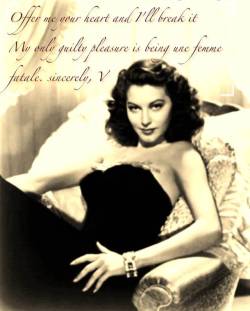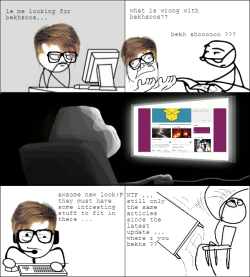Shooting Queers
539 viewsPhoto Forum Beirut, a monthly evening event offering and promoting a critical space within the photography community in Beirut, organized a special session with the photography training program’s participants of the World Press Photo (WPPh). Syrian Carole Alfarah, Lebanese Grace Kassab and myself showed our work, developed during the training program. The images are published in a book entitled Hekayat: Picture Stories From the Middle East.
The book is the result of a training programme organized by the WPPh for the Middle East and North Africa (MENA) region. The program’s first phase ended with a workshop in Istanbul that served a dual purpose: All 15 participants had their portfolios evaluated, and a selection was made to identify the six photographers whose work showed most growth and promise. The latter were invited to work on a photo essay on the broad theme of active citizenship, and I chose the queer community in Beirut as a topic to my essay.
My work usually focuses on social issues related to a personal experience, and when it comes to the Arab world, I like to work on provocative issues, as well as topics that raise questions. So when I learnt about the theme of the project, the first thing that came to my mind was the lack of press freedom in the Arab world, where many journalists, bloggers and others lie behind the bars for their activities and activism. Certainly, this subject was difficult to work on and demanded a lot of time and research. Being an active citizen in the Middle East is not an easy thing; it requires a lot of courage and defiance in order to put up with the consequences. Thus, after a lot of thinking, I chose the queer activists in Lebanon as a topic, because a close friend of mine is gay, but never dared to be open about it and I saw how that affected her life. In addition, the media in the Arab world usually avoids mentioning the subject, and if they end up doing so, it is only to describe it in obscene language or as a phenomenon imported from the West. In addition, talking openly about one’s sexuality in the Arab world is already a taboo, even if heteronormative, so sexual acts between members of the same gender are unthinkable. What also made me more determined to continue working on the subject is the stereotypical reaction I was getting from people every time I mentioned my story, which brings me to another point: how minorities are treated in the region, and how hard it is to accept a group of people considered to be different, let it be in their religious belief, identity or sexual orientation.
My friend helped me gain access to a number of activists who were willing to be photographed. Not all of them had come out of the closet yet, so I agreed to the request of some to hide their identity and use a pseudonym. Through my images, I simply wanted to explore their stories, the harassment they go through and how they are slowly fighting to protect their rights, not only on gay rights’ issues, but on all levels of human rights.
All these elements made me want to work on the story and I strongly believe that the theme of the book is a great chance to present the queer issue in such a positive way.
You can order the book online here.
- Contributed by Laura Boushnak






Leave a Reply